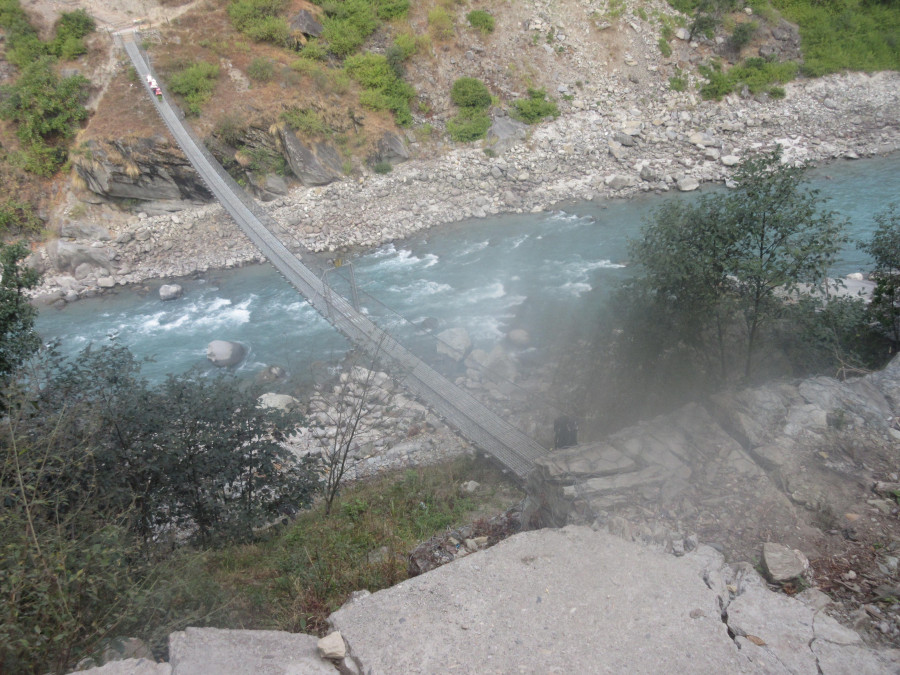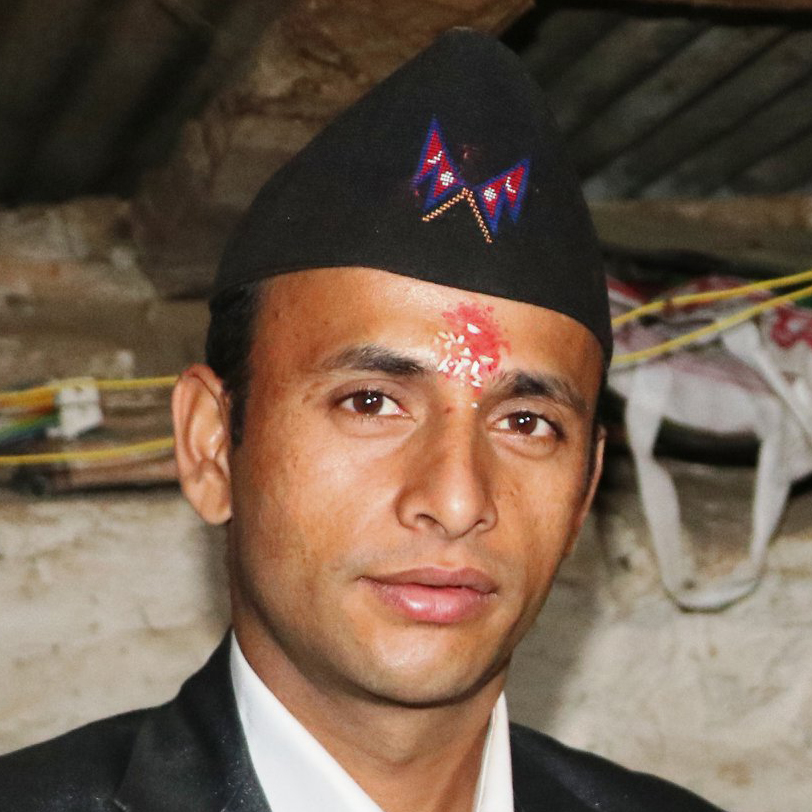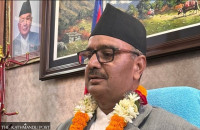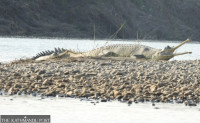National
Mahakali River to get four suspension bridges
Indian authorities have given the green signal to their Nepali counterparts to construct four suspension bridges on Indian territory over the Mahakali River that flows along the border of Nepal and India.
Manoj Badu
Indian authorities have given the green signal to their Nepali counterparts to construct four suspension bridges on Indian territory over the Mahakali River that flows along the border of Nepal and India.
Responding to Nepal’s proposal of constructing 11 suspension bridges to replace tuins (traditional wire river crossings), the Indian government recently sent an approval letter, allowing the Nepali side to build four bridges across the river in Darchula.
Shankar Bahadur Bista, Chief District Officer (CDO), said that the local administration received the letter on Monday. “Indian Ministry of External Affairs sent the letter through Uttarakhand government stating that Nepal can go ahead with constructing bridges in four places,” said Bista, adding that four bridges will be constructed at Badugaun of Huti, Malaghatte of Sunsera, Mala of Rapla, and Baku of Uku.
The Indian government, however, has put forth a condition that Nepal build security posts alongside the bridges. The Indian authority wrote in the letter that a check post or a guard room should be set up on the Indian side for Sashastra Seema Bal (SSB), the border force of India.
Prime Minister KP Sharma Oli, on his first stint as prime minister in 2015, had pledged to replace all the tuins in Nepal with suspension bridges. Under the tuin replacement programme, Nepal had sought the approval of the Indian government to construct 11 bridges in total out of which the construction of two is complete-one in Tigram is in full operation and one in Lali, although complete, is not being used for lack of security post for SSB.
The locals of various bordering villages on the banks of the Mahakali river have been risking their lives while crossing the river on tuins. Every year, cases of accidents and deaths while crossing the river using tuins, wooden boats, tyre tubes, wooden logs are reported. Hundreds of people in the area go to India to buy basic essentials, to get treatment for minor illness or injuries, and to earn their livelihood.




 11.12°C Kathmandu
11.12°C Kathmandu















